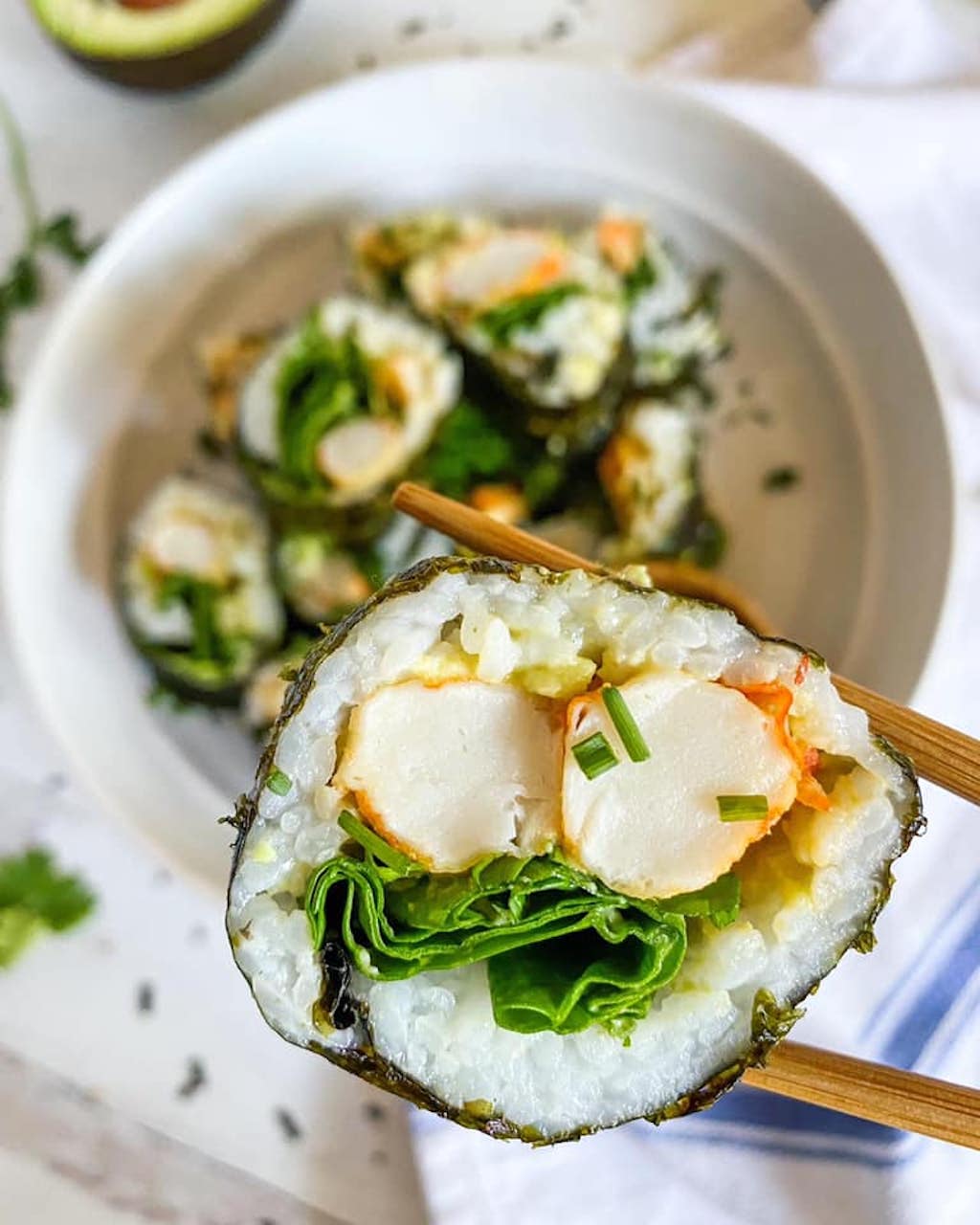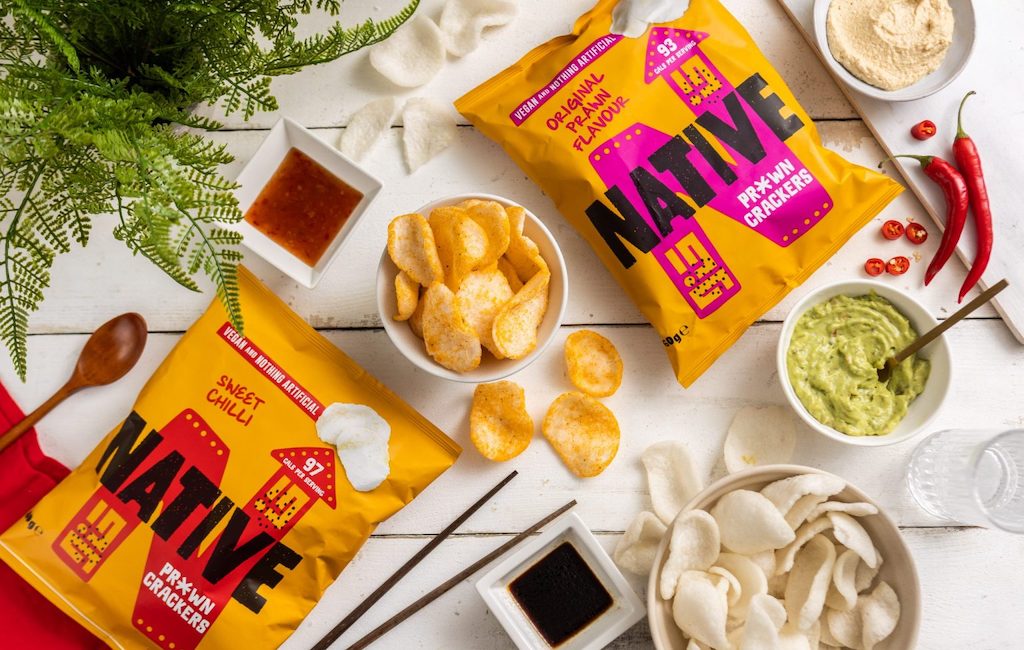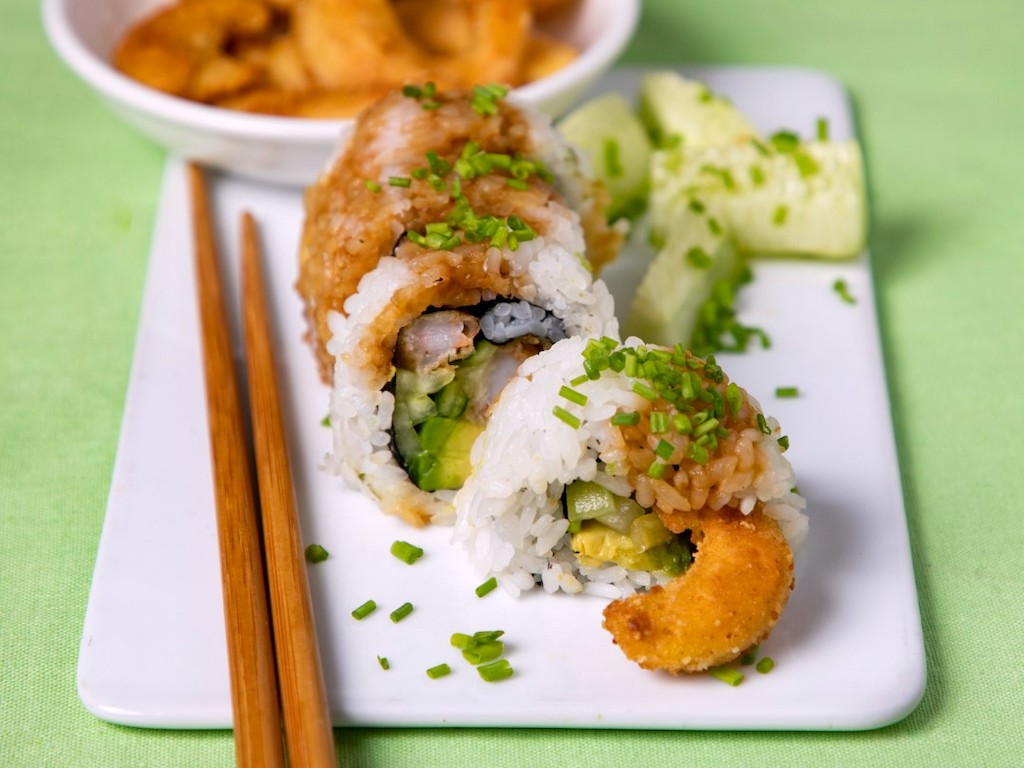5 Mins Read
Building a sustainable food system won’t just require alternatives for meat and dairy—we’re going to need solutions for seafood too. As the world’s population continues to grow, so will the demand for seafood, especially across the Asia-Pacific where protein from the sea is deeply embedded into the region’s culinary history and food culture. To explore how alternative seafood can disrupt the Asian market and opportunities for innovation, industry insiders and stakeholders across the globe came together for a closed-door virtual meeting organised by the GFI.
The roundtable conference, held in September, was intentionally under the Chatham House Rule to promote open discussion with discretion for individuals, companies and stakeholders who participated. While we cannot disclose the insiders who shared their views and insights, there were some fascinating learnings to share—here are 4 of the top takeaways.

1. We need to recreate the Asian seafood experience
To capture Asian consumers, the alternative seafood industry is going to have to come up with ways to replicate different seafood experiences that Asian diners are used to. Local intricacies such as restaurants that often feature live seafood in fish tanks or street food seafood-based snacks, will need to be considered when trying to capture the mainstream consumer in Asia and how they are used to buying seafood products.
Cell-based seafood companies, for instance, may try to replicate the live seafood concept by showing diners how fish cells are “swimming” and growing in bioreactors, while plant-based producers might come up with new street food-friendly seafood alternatives, from siu mai to squid or fish balls. Overall, the insiders agreed that whether seafood is consumed in mid-level restaurants, in to-go formats or at high-end banquets, the substitutes are going to need to factor in the varied cooking styles and traditional Asian food culture.

2. Asian consumers don’t just care about food safety
While a lot of research has focused on the primacy of food safety concerns in driving the demand for alternative protein products in Asia, industry insiders believe that other factors are often overlooked. Yes, Asian consumers are health-motivated and increasingly worried about food safety, but some surveys suggest that sustainability and curiosity are rising factors too.
For instance, one study that looked into consumer perceptions of cell-cultured seafood in Singapore showed that the environmental benefits of the product were a top motivator, as well as curiosity about the novel way of production. In another poll conducted in Hong Kong, food safety was indeed a priority, but sustainability followed closely as the second-top factor.
Industry insiders, however, cautioned against looking too much into consumer polls at all, given the behavioural science research that suggests participants often answer in ways they believe they should. In reality, many shoppers don’t think about any health or environmental messaging at all when they make food purchases—and ultimately, taste and price seems to always come up on top. That’s why lowering costs and creating tasty seafood analogues is key for alt-seafood brands to capture the mainstream market.

Related: Alternative seafood sector raises record $116M in first half of 2021 – report
3. Variety in seafood species is key
Asians eat a lot of seafood—and that means a lot of variety of seafood too. Compared to the average European consumer, diners in Asia like eating different types of fish, crustaceans and shellfish, rather than a concentration of a handful of species. What that means for the alternative seafood industry is that innovation must be diverse, with substitutes created for a whole range of seafood, from delicacies like fish maw and shark fin, to sushi-grade tuna and salmon.
Insiders shared that products are going to need to fit a wide variety of consumer needs when it comes to the different ways they consume seafood, from fish products catered to breakfast meals like congee, to tea-time seafood snacks or seasonal dishes that are only enjoyed in certain times of the year. Stakeholders in alternative seafood agreed that only this variety that catered to the huge Asian consumer base would allow for the disruption of all the problems associated with commercial fishing, from slave labour to traceability, plastic pollution, and overfishing.

4. Don’t forget about seafood snacks
Finally, industry insiders shared that one potential white space when it comes to opportunities for innovation is the alternative seafood snack category. Many snacks that are consumed throughout Asia contain seafood or fish-based ingredients, from instant noodles to shrimp crackers and crisps that are crab or squid flavoured. Dried squid, scallops, and octopus are also popular snacks consumed throughout Asia.
This means that creating vegan, fermentation-based or cultivated alternatives for seafood ingredients, especially those that can be applied to the snack category, is going to be a big part of disrupting the way Asian consumers consume seafood.
Some of the exciting products that are already in the R&D pipeline in the alt-seafood food tech world include algae-based salmon flakes that are rich in omega 3 fatty acids, as well as cell-based crab and minced shrimp products—and some are going to be looking to launch through a hybrid approach by working with plant-based seafood brands.
Lead image courtesy of Sophie’s Kitchen.




